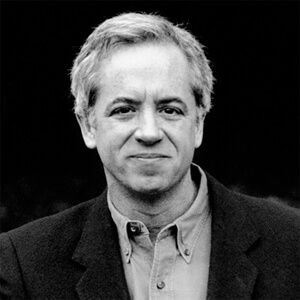Born in Massachusetts in 1947, Henry Horenstein was on a path to becoming a historian when he discovered photography. Captivated by the work of Robert Frank and Danny Lyon, Horenstein entered the Rhode Island School of Design (RISD) where he studied with Harry Callahan and Aaron Siskind. After completing his MFA at RISD in 1973, Horenstein's first major project was a documentary survey of the people and character of country music. As a long-time fan, Horenstein recognized that the culture of country music was changing, losing the homey, down-to-earth character of "hillbilly" music, and adopting the slicker nature of contemporary country music. His goal was to preserve a vanishing culture by capturing it in photographs, and for nearly a decade, he traveled throughout the United States, documenting the artists and audiences at honky-tonk bars, outdoor festivals, and community dances. The body of work that Horenstein created (published in 2003 as Honky Tonk) is a remarkable portrait of a distinct period in American cultural history. Some of Horenstein's later work has followed a similar theme, creating documentary portraits of distinct American sub-cultures, such as the worlds of horse racing, boxing clubs, and baseball. In recent years, Horenstein has also developed an extensive body of work that combines elements of portraiture, abstraction, clinical documentation, and landscape photography. Working with animals as well as human subjects, Horenstein creates compelling and frequently ambiguous images that explore the patterns, textures and geography of skin, scales and hair. Mixing the exotic and the ordinary, and making it difficult to tell which is which, Horenstein causes the viewer to pause and look closely. In doing so, we are made to re-examine ourselves as well as the world around us. Horenstein's work has been exhibited in galleries and museums both nationally and internationally, including the Smithsonian Institution's National Museum of American History, Washington, D.C.; the International Museum of Photography, George Eastman House, Rochester, New York; the Museum of Fine Arts, Boston; and Fabrik der Kunste, Hamburg, Germany. Photographs by Henry Horenstein can be found in many public and private collections including the Library of Congress, the Museum of Fine Arts, Houston, and the High Museum of Art in Atlanta, Georgia. Horenstein is the author of over 30 books including several monographs and a series of highly successful photography textbooks that have been used by hundreds of thousands of students around the country. Horenstein currently lives in Boston and is a professor of photography at RISD.
Henry Horenstein & Leslie Tucker: We Sort Of People